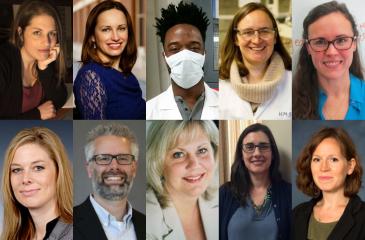To celebrate CTSI’s 10th anniversary, we’re highlighting 10 researchers who are fulfilling our mission of accelerating discoveries toward better health.
These researchers have benefited from CTSI in a range of ways. Some are up-and-coming researchers who received training, support, and mentorship to advance their careers through our scholar programs. Others received funding that jump-started high-impact collaborations with the community or helped them advance their innovation closer to the point of helping people.
And many more have received expert guidance. Services include guidance on protocols, regulatory requirements, informatics, biostatistics, financial management, recruitment, and more.
The following are a snapshot of the countless researchers CTSI has served, in no particular order. They cover a wide range of schools and colleges, research interests, and methods of CTSI support, demonstrating our broad-reaching impact.
Laura Palombi
After seeing her rural Minnesota community struggle with a growing heroin and opioid addiction problem, Laura Palombi, PharmD, MPH, set out to do something about it.
So the Associate Professor with the College of Pharmacy, Duluth worked alongside a grassroots, drug abuse-focused task force to hold a forum that would bring the community together to find a solution.
With support from a CTSI grant, they held a community forum on heroin and opioid abuse that successfully rallied their northern Minnesota town. It mobilized locals and enabled the researchers to secure additional funding to replicate best practices in other rural communities hit hard by substance abuse.

Christine Blue
Christine Blue, BSDH, MS, DHSc, helped shape a national model for dental care aimed at rural, underserved communities.
The School of Dentistry Associate Professor served on a legislative work group that made Minnesota the first state to allow dental therapists to care for patients, and has conducted studies to better understand the impact of the profession.
For example, CTSI supported a study of hers that aimed to better understand dental therapy students’ impact on patients’ oral care behaviors. Study data suggested dental therapists were effective and it’s since been used across the country to advocate for allowing dental therapists to practice.

Glenn Simmons Jr.
Glenn Simmons Jr., PhD, a faculty researcher and CTSI Pre-K Discovery Scholar, has been tracking COVID-19 by turning to an unconventional indicator: sewage. Testing wastewater to track the disease’s spread could potentially get real-time information about its presence in a community before individual testing results show up.
Dr. Simmons—an assistant professor with the University of Minnesota Medical School in Duluth—says the COVID-19 tracking strategy is particularly important for addressing the needs of minorities, rural communities, and others underserved by the healthcare system.
Ultimately, such an approach could help get accurate information to communities and public health officials so they can better use their limited resources.
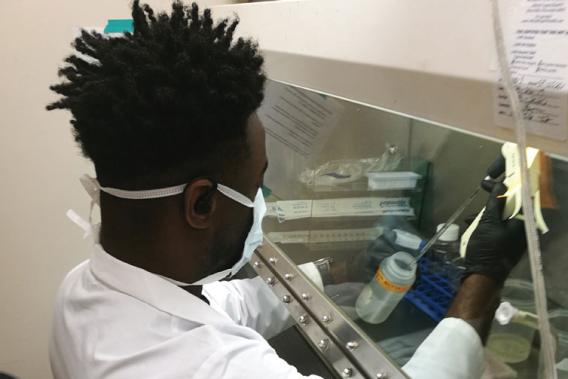
Valerie Pierre
Valerie Pierre, PhD, developed a prototype for a faster, cheaper way to diagnose bacterial infections, and has been working to bring it into practice to help patients.
CTSI has been helping the Department of Chemistry Associate Professor advance the technology through funding, expert guidance, and support from a dedicated project team. One of the grants Dr. Pierre received is from a collaborative initiative that includes the Mayo Clinic CTSA.
Ultimately Dr. Pierre envisions a day when her diagnostic tool is available not just through a clinic visit, but from drugstores too. This would give people a quick, easy, and cheap way to see if they have a bacterial infection, and what drug can most effectively combat it.
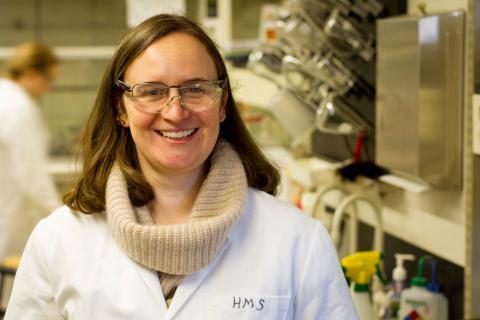
Kate Diaz Vickery
HCMC clinician-investigator Kate Diaz Vickery, MD, has been trying to determine if an innovative accountable care organization that’s attracted national attention is making a difference for patients and providers.
Called Hennepin Health, the program aims to get at the root issue that’s driving avoidable hospital and emergency department usage among Medicaid patients. In addition to receiving medical care, an individual in the program might receive support from a community health worker who connects them with stable housing, counseling, employment training, and other resources.
Dr. Vickery has been evaluating the program with CTSI biostatisticians, to ultimately help communities create smart care programs that meet the complex needs of disadvantaged patients. Since beginning the study, she has joined and completed CTSI’s KL2 Scholars Career Development Program.

Aaron Kelly
Aaron Kelly, PhD, is advancing research that has revealed a promising way to help adolescents with severe obesity.
With support from a CTSI pilot grant, the professor with the Department of Pediatrics has partnered with Jennifer Abuzzahab, MD — a physician from Children’s Hospitals and Clinics of Minnesota — to explore whether a drug called exenatide could help treat severe obesity. This led to a nearly $3 million dollar NIH grant and catalyzed the formalization of a pediatric obesity research consortium among four major health organizations in Minnesota.
The consortium aims to streamline large, multicenter research studies in the field of clinical pediatric obesity, and helps institutions overcome one of research’s biggest challenges: attracting enough study participants. They also educate Minnesota health care providers on best practices for helping youths who are overweight or have obesity.
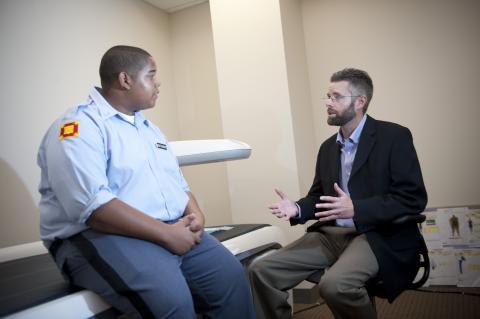
Alexa Pragman, MD, PhD
Back in 2010, Alexa Pragman, MD, PhD, was a University fellow who sought to translate her lab-based infectious disease work to the clinical setting. She joined CTSI’s Translational Research Development Program (TRDP) before becoming an Assistant Professor and a staff physician at the Minneapolis VA Medical Center.
Dr. Pragman later joined CTSI’s more advanced KL2 Scholars Career Development Program. And, in her first KL2 year, she received two major research grants through the VA Career Development Program and national American Lung Association.
Dr. Pragman has since conducted a landmark study for her field when she became among the first to describe the microbiome in the lungs of individuals with chronic obstructive pulmonary disease (COPD).
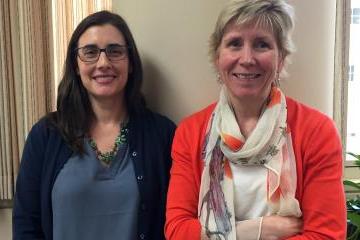
Manda Keller-Ross
Women generally have a lower risk of hypertension compared to men, but this changes when women hit menopause. Manda Keller-Ross, PhD, DPT, PT, is investigating what’s causing this increased risk.
To get her study started, the cardiovascular researcher with the Medical School’s Division of Physical Therapy teamed up with the Clinical Research Support Center (CRSC).
CRSC experts supported her on every aspect she needed them to—from recruiting participants to navigating the system—and helped ensure it was ready to submit to the IRB.

Tetyana Shippee
When Tetyana Shippee, PhD, joined UMN as an Assistant Professor with the School of Public Health, she was eager to advance research that helps nursing home residents.
She joined CTSI’s KL2 Scholars Career Development Program, which ultimately helped her land a $1.77 million R01 grant. Her R01 examined the issues that perpetuate disparities in quality of life between white and minority residents in long-term care facilities.
She hopes her research can help nursing home residents have the highest quality of life possible, regardless of their race, culture, or ethnicity.

Rebecca Brown
Rebecca Brown has been working to advance research to help people with vascular diseases live longer, healthier lives.
While working as a clinical research coordinator with the School of Nursing, Rebecca teamed up with CTSI’s informatics experts who helped her study team achieve “best-ever” recruitment results.
Since then, Rebecca went on to pursue a PhD degree with the School of Nursing, and later joined CTSI’s TL1 program where she continued her research on vascular disease, specifically peripheral artery disease (PAD).
Video: Rebecca shares her experience as a CTSI scholar

